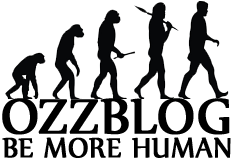In 1871 Charles Darwin surmised that humans were evolutionarily closer to the African apes than to any other species alive. The recent sequencing of the gorilla, chimpanzee and bonobo genomes confirms that supposition and provides a clearer view of how we are connected: chimps and bonobos in particular take pride of place as our nearest living relatives, sharing approximately 99 percent of our DNA, with gorillas trailing at 98 percent.
Yet that tiny portion of unshared DNA makes a world of difference: it gives us, for instance, our bipedal stance and the ability to plan missions to Mars. Scientists do not yet know how most of the DNA that is uniquely ours affects gene function. But they can conduct whole-genome analyses—with intriguing results. For example, comparing the 33 percent of our genome that codes for proteins with our relatives’ genomes reveals that although the sum total of our genetic differences is small, the individual differences pervade the genome, affecting each of our chromosomes in numerous ways.

Thank you for reading!

